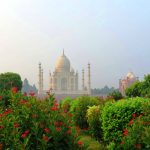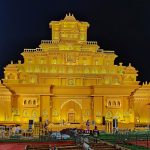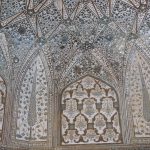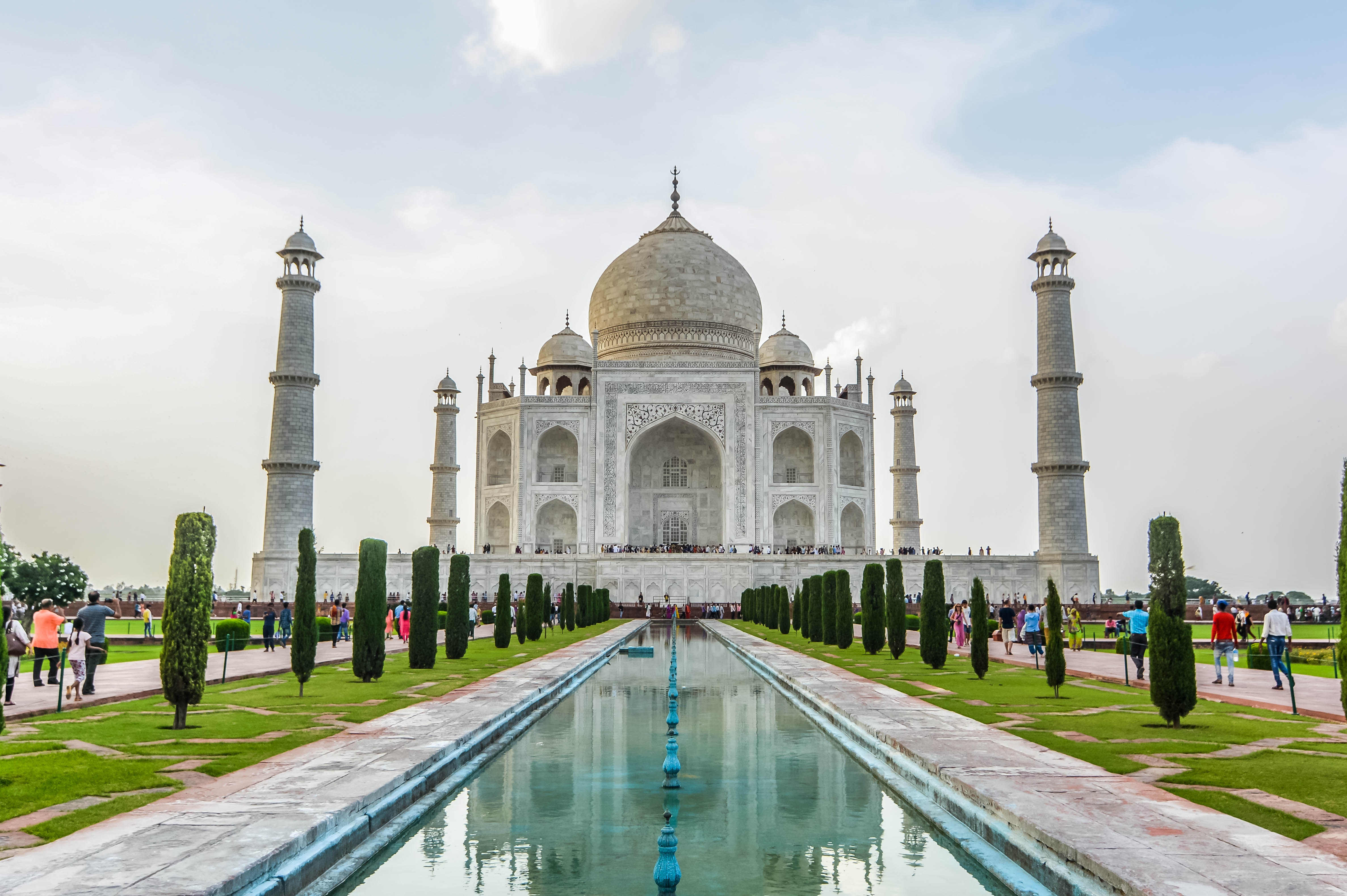
What a jaw-dropping beauty Taj Mahal is! A great representative of the Mughal culture. It is its architecture that makes Taj Mahal such a mesmerizing monument.
Variety of style elements from countries like Turkey, Indi, and Persia. Inspired by other Mughal buildings, Taj Mahal quickly rose to the stature of the world’s attraction.
Initially, when this building was being established, it took elements of the Tomb of Timur and the Jama Masjid buildings. These buildings were Mughal inspirations enough to get the Taj Mahal stands.
The only difference between them and the Taj Mahal is the kind of building material used. While many Mughal buildings were constructed using red sandstone, the later used white marble, and semi-precious stones.
Royal Tomb of Taj Mahal
The building comes with distinct features such as the royal tomb which represents its centre. The tomb contains the cenotaphs of Mumtaz Mahal and Shah Jahan. The tomb is enclosed using a perforated marble screen. The Taj Mahal is a combination of rubble core and brick as well as white marble. The building is symmetrical in shape, surmounted by an onion-shaped outer dome. When it comes to the height, the roof is 24m while the outer dome is 61m tall. When you look at the outer dome, you will notice the Persian and Hindustani influences. They obviously played a great role in construction. It is also evident that the architecture was taken into great consideration before the actual construction project started.
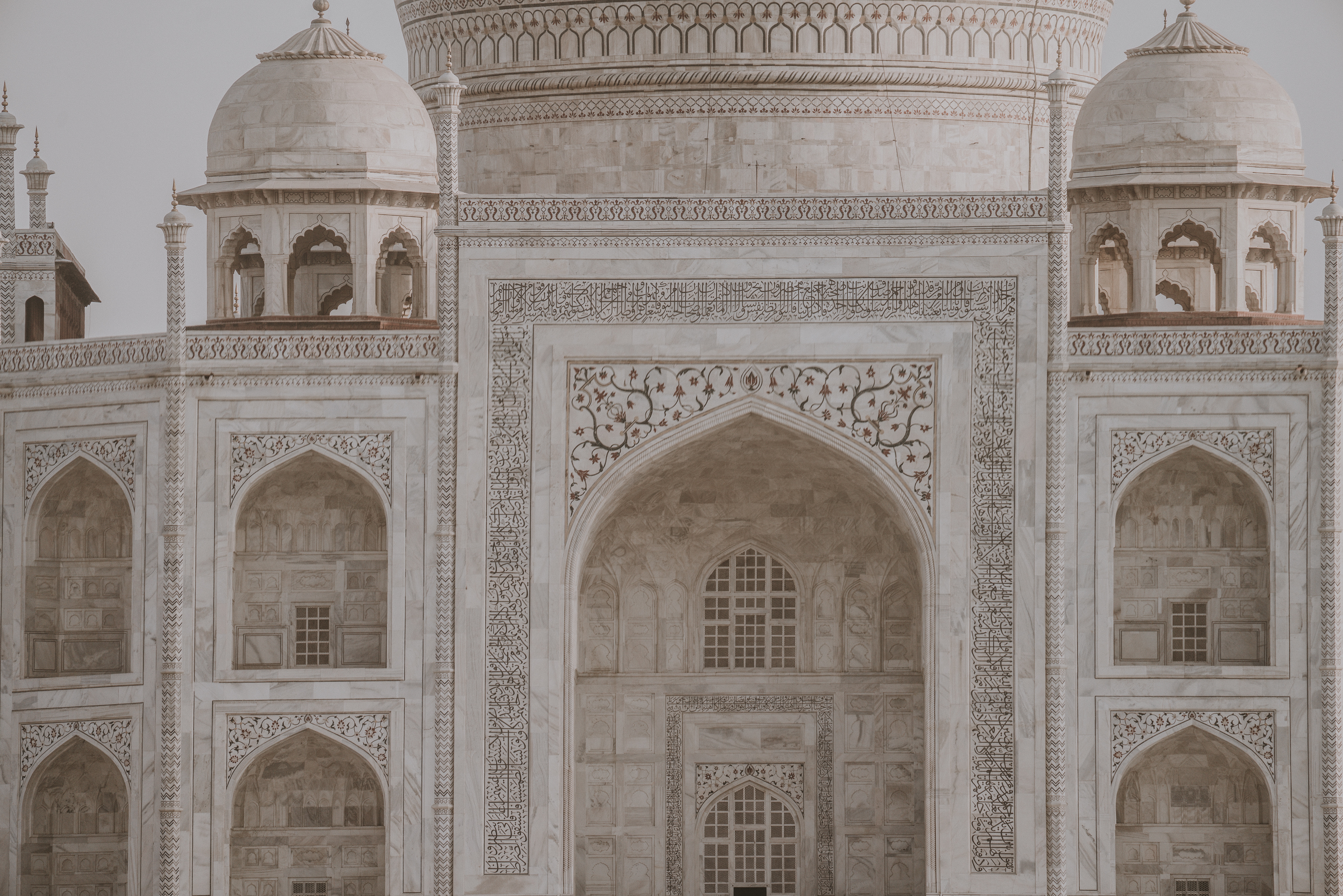
Onion Shaped Dome
The onion shape of the dome is clearly unique and unlike anything else that you have ever seen. The building also has great ventilation that lets light in. The walls are strong, they must be to hold such a massive building up. They offer extra height and make the Taj Mahal exactly what it is. The building is not really complete without its decorative elements. And boy! Is it decorated!
There are three walls that are made out of red sandstone. However, the left side of the building that faces the river was left open. Several mausoleums lie outside the walls. They were specifically built for the wives of Shah Jahan. Accompanying the mausoleum is a mosque as well as an outhouse. One noticeable aspect of the building is the Darwaza, which means the main gateway. It is a large structure that is complex and holds the same kind of decoration as the tomb. The walls and ceilings also have the same geometric designs. There are four minarets that overlook the whole complex, and they are specifically 40m in height. The minarets are often used to call people for prayer.
The Taj Mahal is known for the most amazing architecture. It showcases an incredible marriage of peace and harmony. The white marble represents change while its tinges of red are all about tranquillity.
Exterior Decoration
Taj Mahal gives you the finest art that has ever existed in India. The decoration on the building is referred to as the Mughal architecture. In the Islamic religion, anthropomorphic art is not acceptable. As such, the buildings defined by abstract art that shows the best of vegetative morphs. Murals and mosaic art are also part of the equation. Calligraphy and sculptures are also left behind. The lower part of the tombs is decorated by decorative bands or dados. In the bands, you will find that there are in-lid flowers and precious stones as well as jade, amber and lapis lazuli.
The calligraphy on the building was created with black marble panels. The outside of the building showcases the greatest kind of art. There are many patterns and great colour stains that can be seen here in the walls as well as the walk ways.
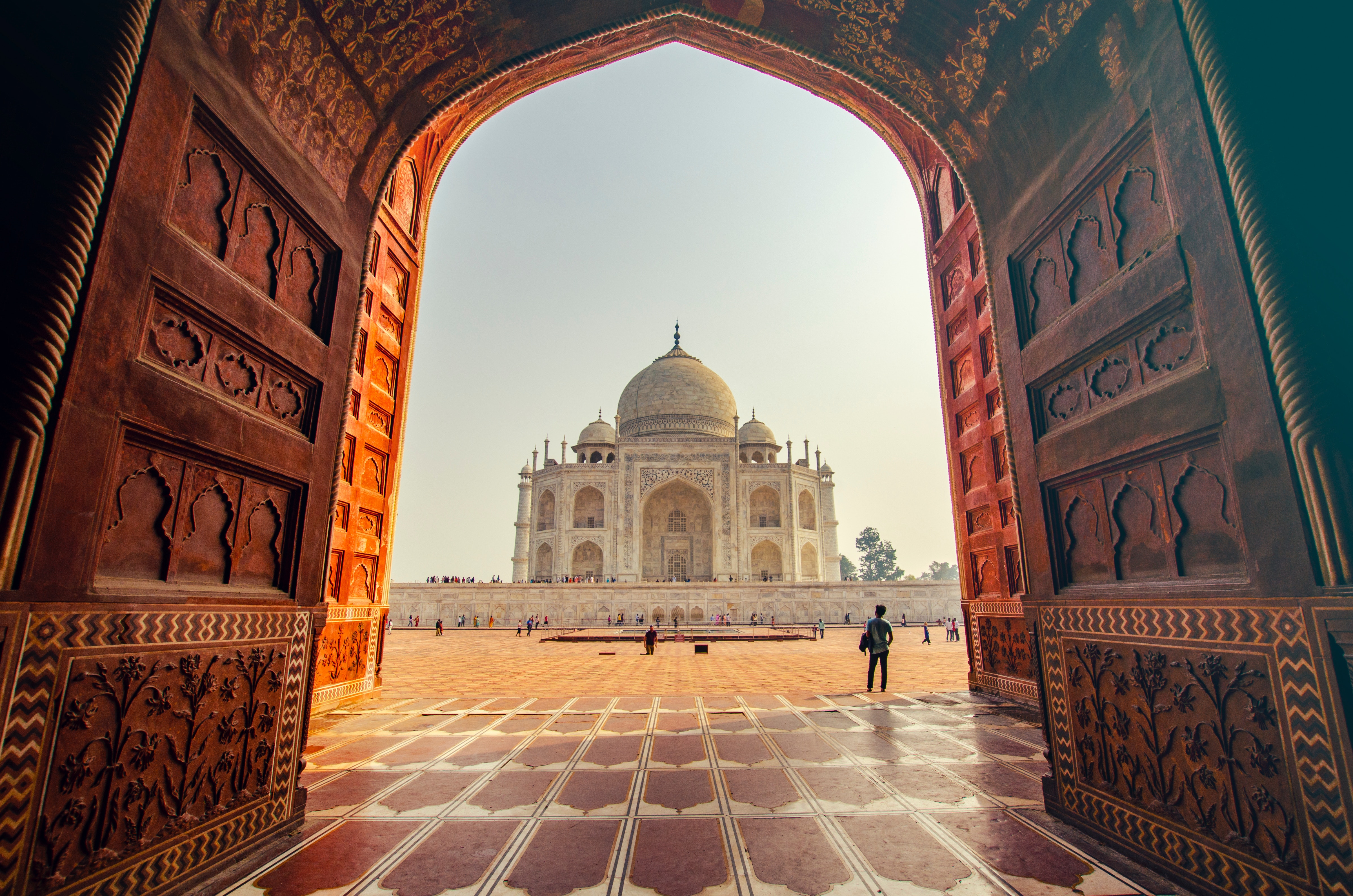
Interior Decoration
Inside the Taj Mahal, you will find an amazing selection of decorations. There is a combination of precious and semi-precious metals that showcases itself in the stonework There are a variety of patterns that are floral and other abstract. The calligraphy is complex but attractive. It is just as amazing on the outside as on the inside. There are also a number of inscriptions that will capture your attention.
Gardens
The gardens embrace a rectilinear shape. They have a tomb in their centre. As such, the Taj Mahal does not surround the tomb, instead, it leads up to it. The garden runs from the north of the gate to the tomb. There is also an abundance of cypress trees and waterways that reflect the image of the mausoleum. The English gardens are a great addition to the Taj Mahal.

